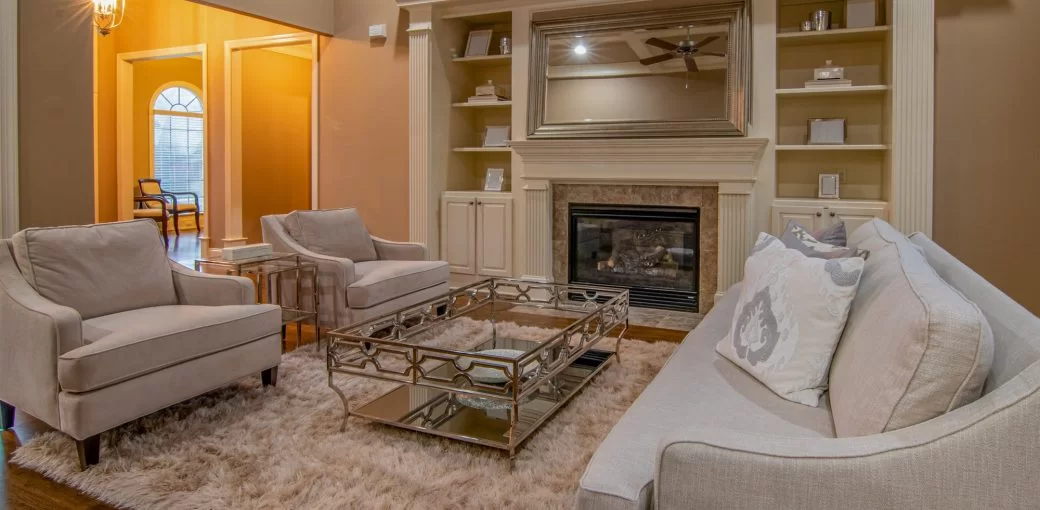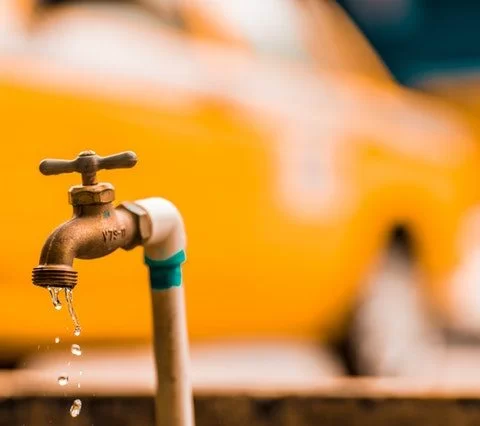
A leak that seems harmless at first can take a toll on your carpets. You might have dealt with your leaky pipe right away, but it’s your soaked carpet that can cause problems later on. What’s worse is that it’s not just your carpet that is exposed to damage but also the flooring underneath. You might wonder, “Why does my carpet feel damp?” Learn how to dry wet carpet and get rid of musky odors at your home.
How to Know if Your Carpet is Wet
A wet carpet isn’t often easy to spot unlike the signs of a burst pipe. They may seem dry on the surface, so you never know if moisture has been soaking the inner fibers for long. You can experience this if you don’t open check the corners of your home that may cause flooding.
One of the telltale signs of a wet carpet problem is smelling a foul odor from the affected area. Once you notice this, you must act right away. This foul odor can leave your home stink if the affected area is left untreated.

Why Does My Carpet Feel Damp?
Vacuuming and cleaning your carpet regularly may not do the trick. If this is the case, this means that the moisture has seeped through the carpet’s inner fibers. As time goes by, you may notice discoloration in some areas of your carpet.
Letting wet carpets sit for a long time can damage not only the carpet but also the padding and the subfloor. Mold and mildew can grow. Mold spores can be toxic to both humans and animals. These affect the air in your home and can trigger allergic reactions.
How to Dry Wet Carpet
Once you have dealt with the sewage coming out of pipes, it’s time to remove the moisture from the carpeted room.
Use Vacuum
To learn how to soak up water from carpet, use a wet vacuum. Wet vacuums work well to get rid of water. They are cheap, and you can even just rent one. Once your carpet is saturated with water, it means that the carpet padding is also soaked. You need to replace it to avoid creating a breeding ground for mold.
Inspect Furniture and Fixtures
Next is to check if the moisture has affected your furniture and fixtures. Any affected upholstered furniture or other items may need to be replaced if the water damage is severe.
Improve Airflow
Once you learned how to soak up water from carpet, it’s important to keep the ventilation going. Open windows and turn fans on to maximize airflow and clear musky odors. You can use a dehumidifier or high-power fans to help in drying the room.
Steam Cleaning
Steam cleaning is the best way to dry carpet. It deodorizes your carpet and also removes harmful toxins. The high temperatures deep clean inner carpet fibers and remove dead mold spores. This can be a DIY project or you can call a professional to do it.

DIY Carpet Cleaning
Using baking soda to absorb moisture can help save your carpet from mold. Sprinkle baking soda and let it sit on your carpet for about 30 minutes. Vacuum it up to effectively remove trapped moisture. Baking soda is the cheapest and best way to dry carpet quickly.
Sanitize the Room
Once you completed how to dry out wet carpet, sanitize room surfaces by scrubbing walls and baseboards. Doing this can get rid of mold and mildew completely.
The next time you ask yourself “Why does my carpet feel damp?”, you’ll know you have to clean and dry it right away. It takes time and effort in learning how to dry out wet carpet. To ensure that you can avoid flooded carpets in the future, consult a plumbing professional to fix any leakage in your pipes.


